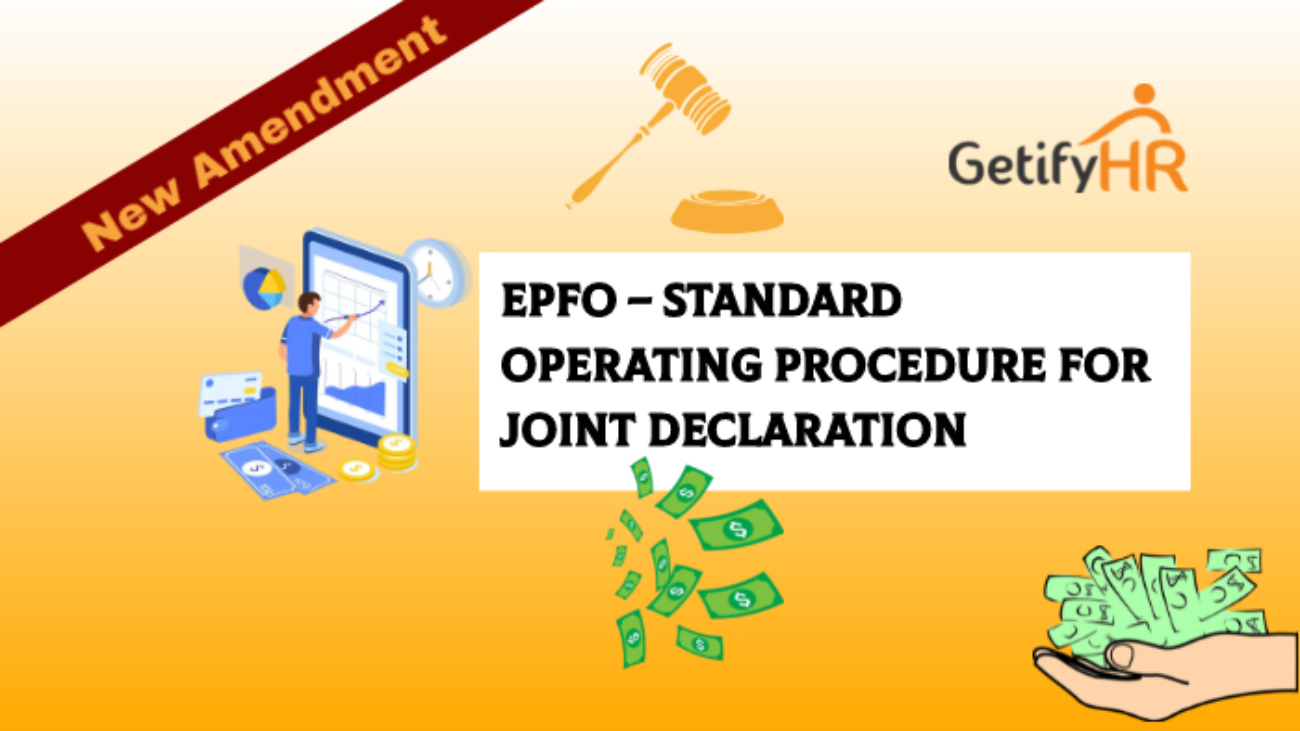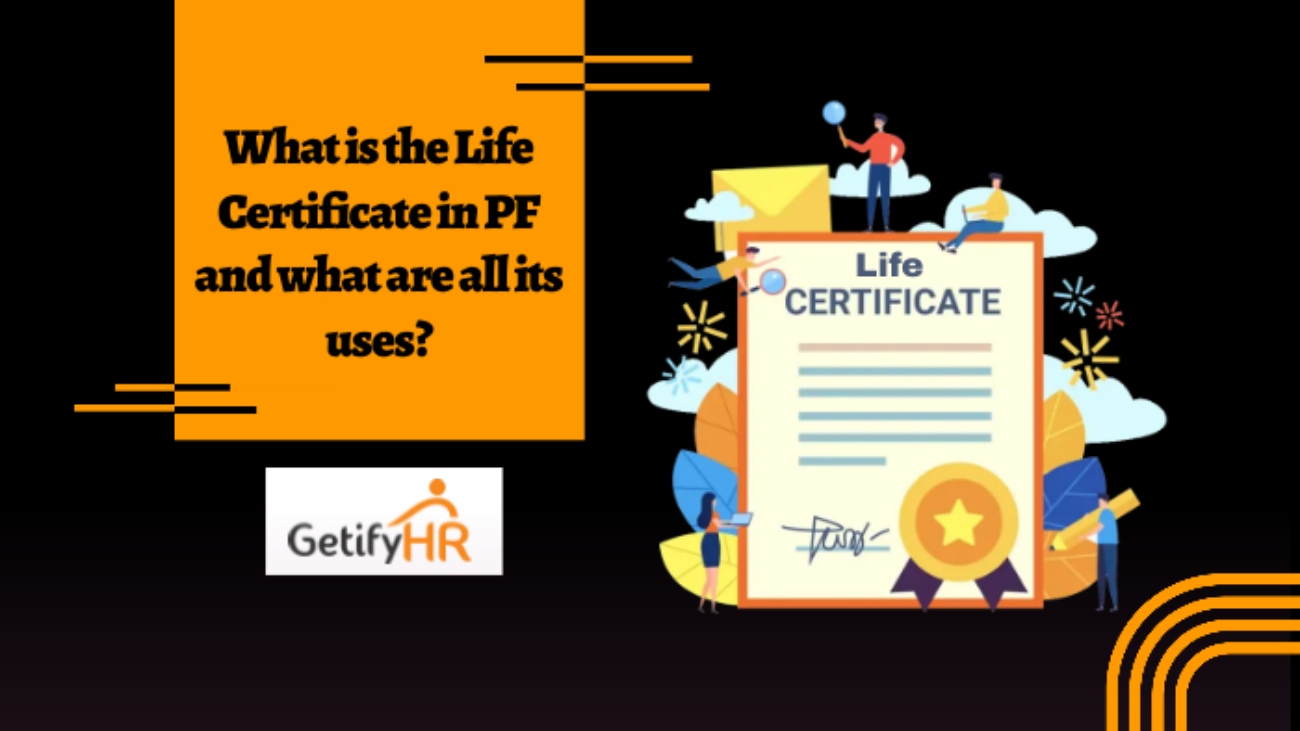Introduction
The modern workplace is a vibrant environment that showcases the skills and attitudes of the employees.
Employee engagement is a strong measure of the health and performance of the organization. Engaged employees are just not showing up to work, they are interested, motivated, and very actively contributing to the success of the organization. Employee engagement is the cornerstone of organizational success. Engaged employees exhibit greater commitment and innovation in achieving the company’s goals and contribute to higher production.
Lack of employee engagement, on the other hand, is a silent but potent disruptor of the functioning of the organization. A lack of employee engagement can lead to decreased productivity, high turnover rates, and a negative work environment. Spotting signs of disengagement early on is crucial for addressing underlying issues and fostering a more positive workplace culture. Here are the top 10 proven ways to spot a lack of employee engagement:
1. Decreased Productivity:
One of the most evident signs of disengagement is a decline in productivity. When employees are disengaged, they may complete tasks at a slower pace or produce work of lower quality than usual. They may struggle to meet deadlines, the quality of their work suffers, and they show a lack of enthusiasm for completing their tasks.
2. Reduced or Minimal Effort:
Disengaged employees lack the enthusiasm to go the extra mile and tend to exert minimal effort in their work. They may do just enough to get by, lacking the motivation to go above and beyond their job requirements.
3. Lack of Initiative:
Engaged employees often take initiative and seek out opportunities to contribute to the organization’s success. Conversely, disengaged employees become passive and hesitant to make decisions. They may show a lack of initiative and wait to be told what to do rather than proactively seeking solutions or improvements.
4. Reduced Interaction:
Engaged employees typically engage in frequent communication and collaboration with their colleagues. A lack of employee engagement may manifest as reduced interaction, with employees withdrawing from team activities or avoiding social interactions.
5. Unwillingness to Learn:
Engaged employees display great eagerness to learn and develop their skills to advance their careers. Disengaged employees, on the other hand, may display an unwillingness to learn new tasks or acquire new knowledge, leading to stagnation in their professional growth. They show little or no interest in learning new skills or taking on additional responsibilities that would advance their career growth.
6. Deteriorating Relationships:
Disengaged employees tend to have a strained relationship with their co-workers. Disengaged employees may exhibit negative attitudes or conflicts with co-workers, leading to deteriorating relationships and a tense work environment.
7. Frequent Absenteeism:
Frequent Absenteeism is a sure sign that the employee is lacking engagement. Such disengaged employees tend to take too many days off as they lack the urge and motivation to come to work. They frequently call in sick or take unplanned leave and such excessive absenteeism can be a red flag indicating underlying issues with employee engagement.
8. High Turnover:
When employee disengagement grows unchecked, employee turnover tends to increase. Disengaged employees are more likely to seek fresh opportunities elsewhere, thus leading to increased turnover. This will push up the associated cost of recruiting and training new employees.
9. Negative Attitude:
Disengaged employees may exhibit a negative attitude toward their work, colleagues, or the organization as a whole. They may complain frequently, express cynicism, or demonstrate a lack of enthusiasm for their tasks.
10. Lack of Enthusiasm:
Finally, a lack of enthusiasm is a telltale sign of employee disengagement. Engaged employees are passionate about their work and demonstrate enthusiasm for achieving the company’s goals. Disengaged employees, on the other hand, may lack enthusiasm and show little interest in their job responsibilities.
Conclusion
The impact of disengaged employees on the functioning of the organization will be significant if it is not identified and corrective measures are not taken immediately. The top level management and HR team must recognize the signs of disengagement early and take proactive steps to re-engage the employees. By recognizing these ten proven indicators of lack of employee engagement—such as decreased productivity, reduced effort, and negative attitudes—organizations can take proactive measures to address underlying issues, boost employee morale, and foster a culture of engagement and excellence.
GetifyHR has been fully supportive in recognizing these signs early in all their client locations across the country. We provide ideal solutions in getting all employees on board so that the functioning of the organization is streamlined and the motivation and commitment of the employees are maintained for a highly engaged and productive workplace.



